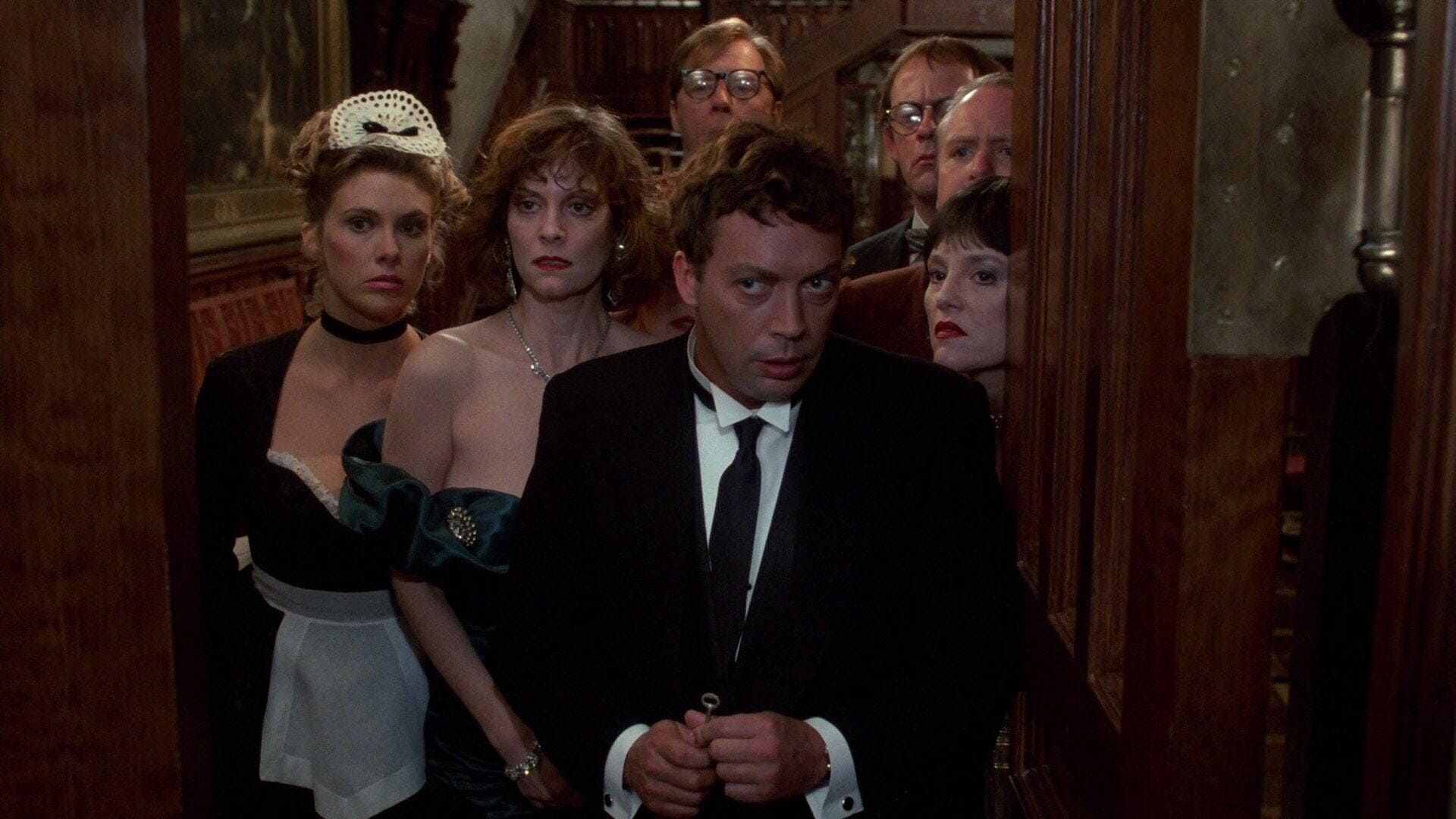
It’s certainly one of cinemas most recognizable subgenres, but to our information it doesn’t (but) have a reputation.
We outline the “Mansion Homicide Comedy” to be one of many class of movies which employs the tropes of the gothic thriller thriller for comedic impact. For the needs of this text, we’re limiting our dialogue to movies of a selected construction: a disparate group of characters, every with their very own ends and backstory, collect at an historic mansion the place a collection of murders takes place, implicating all of them and compelling the visitors to attempt to remedy the murders with out exterior assist.
It’s a hilariously acquainted and even perhaps hackneyed premise, however it’s this very familiarity that offers it energy.
Not like most of our different High 10s, we’ll inform the story of this subgenre in chronological order as an alternative of the order of the Flickchart Globals. An important side to discover right here is how this subgenre has constructed upon itself, and continues to refer to itself, because the years go by. In a short time in its historical past (by the second entry in our listing, truly), the Mansion Homicide Comedy turned self-aware, referring to itself from throughout the body, or on the very least assuming that the viewers is genre-aware. This by itself is just not distinctive to the Mansion Homicide Comedy, however nowhere else does this consciousness type a lot of the backbone of what makes these movies fulfilling.
All of those movies are to some extent each homage and parody, and but (with one exception) they’re all supposed to be “taken straight”; that’s, we’re anticipated to be horrified by the murders, whereas nonetheless having fun with the jokes. These aren’t Bare Gun-style send-ups.
It’s this sweet-salty juxtaposition of nervous laughter across the corpse that offers these movies vitality. They reveal one thing about human nature that eludes different comedies, even so-called “darkish comedies,” which these aren’t.
The night time could also be darkish, there could also be loss of life behind each hidden door, however the bouncing chromatic strings within the soundtrack announce that we’re in that enjoyable, cozy, liminal area of the “ooky-spooky.”
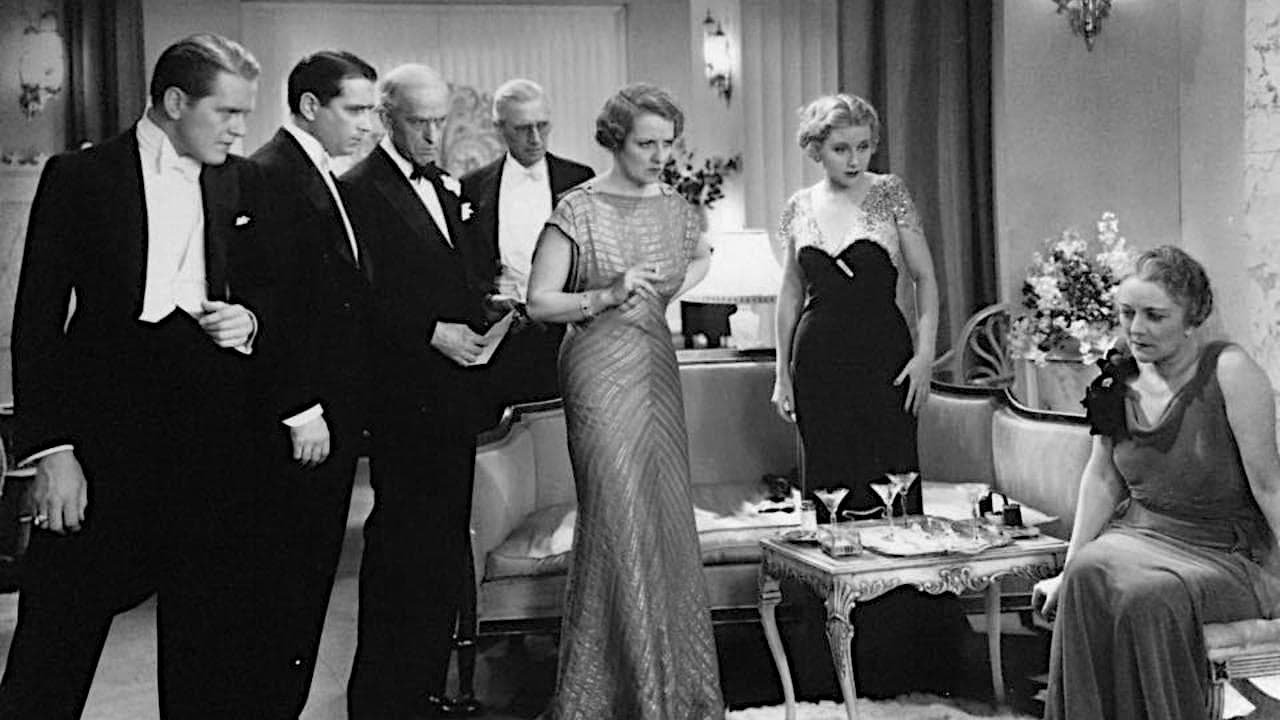
Eight strangers (or are they?) are invited to a flowery house the place they’re taunted by an unseen madman who picks them off one after the other in more and more dramatic methods.
It’s a format that Agatha Christie would steal for And Then There Had been None, and tons of extra would do the identical. It offers scrumptious excuse to carry colourful, wisecracking personalities collectively. However to ensure that it to really generate a plot, it’s good to put some mechanisms into place. Right here we are able to begin to establish the principles and tropes which drive this subgenre.
First, nobody can go away. Each entry in our listing is a bottle episode. The constraint on area and the (seemingly) impossibility of recent characters amps up the strain, and thus the drama.
Second, it’s essential to have hidden doorways and passages.
Third, it should prove that amongst your assortment of “strangers” there are literally secret connections and interweavings.
Fourth, you want jokes. This movie in all probability doesn’t depend as an outright “comedy,” however there may be sufficient levity, within the banter and within the character of the assistant butler (who is just not as humorous as he thinks he’s), to stop it from turning into an outright horror film. The filmmaker’s intent is to not suffocate us with oppressive terror, however relatively to have a ripping good time, with loss of life simply occurring to face within the center.
Fifth, you want a corpse to fall out of a closet like standing lumber. It will both be shockingly horrible or hilarious, relying on the viewers’s mind set.
With these tropes in place, the stage is about to discover in what number of methods we are able to inform tales about violent loss of life with a smile on our face.
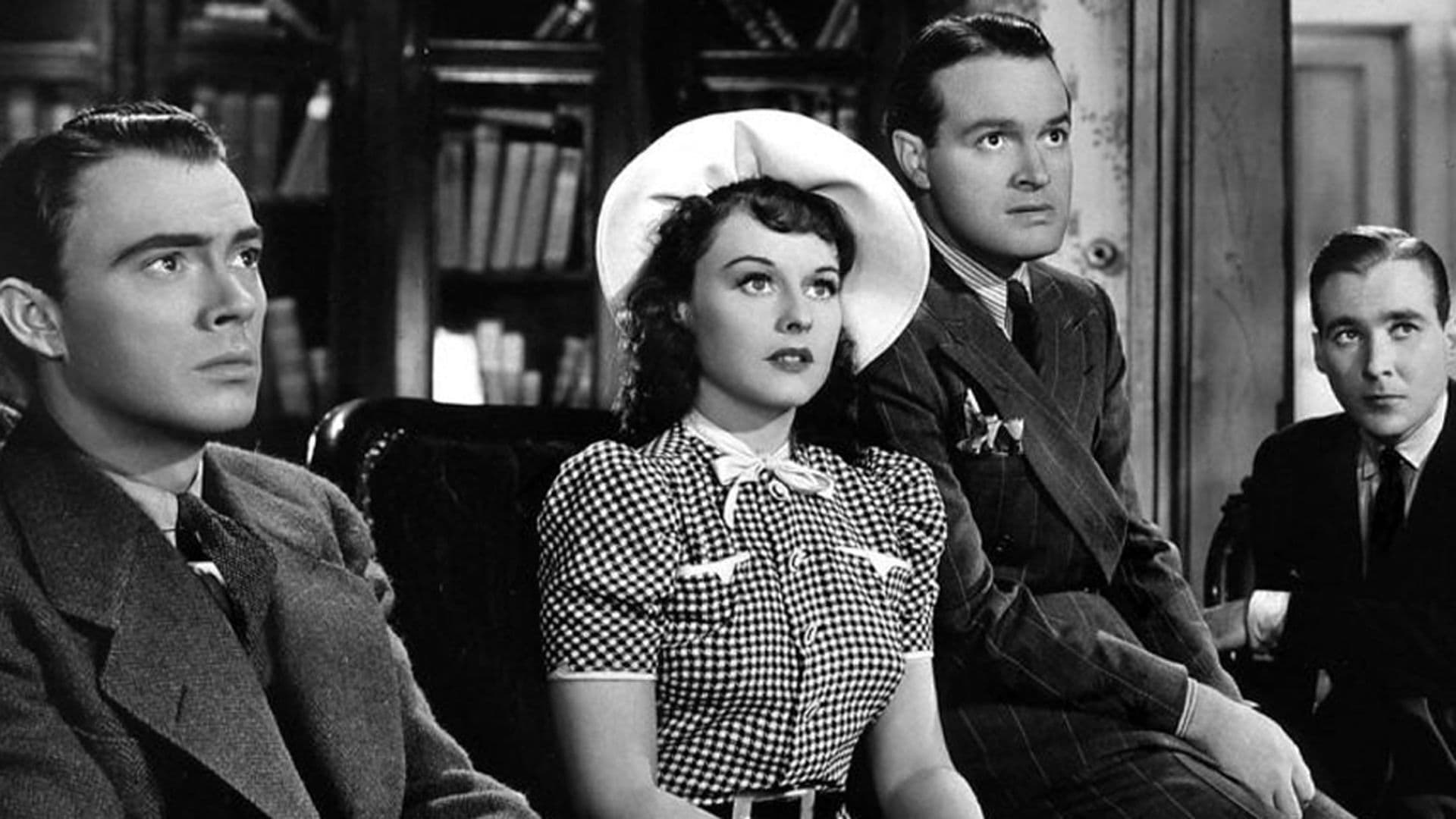
“All this, midnight, the alligators, I imply the heirs, and the household lawyer all gathering to listen to the studying of the desire. It jogs my memory of all of the melodramas and homicide mysteries I’ve performed in.”
This astounding piercing of the fourth wall by Bob Hope is without doubt one of the loudest and earliest winks in cinema, and it lets us all in on the joke.
All some of these comedy-mysteries are collusions between the filmmakers and the viewers. We all know we’re not going to be pressured to witness any form of “true” horror, and the film guarantees none. Moreover, the film is anticipated to stick to a reasonably strict algorithm, any deviation from which might in some way puncture the magic.
The Cat and the Canary, directed by Elliot Nugent, is a Southern Gothic story primarily based on an insanely standard play from 1922. A household gathers to listen to the studying of the desire of a wealthy eccentric who rigs his bequests in such a means as to protect in opposition to a pressure of insanity in his household: the younger fairly ingenue will get the whole lot supplied she stays sane for 30 days.
Subsequently, everybody else (aside from our wisecracking male romantic lead) has large incentive to drive her loopy by means of using each horror cliché that may be assembled at brief discover, together with however not restricted to an escaped maniac prowling the grounds. Only a few deaths truly happen, however the threats, behind each secret door and hidden panel, are actual sufficient that with out Wally (Bob Hope) cracking clever each thirty seconds, we’d be crushed by the swampy fumes of melodrama.
Because it stands, we’re supplied an exhaustive but family-safe tour of the mystery-melodrama toolbox, which for all its predictability (particularly in 2025) is extremely satisfying.
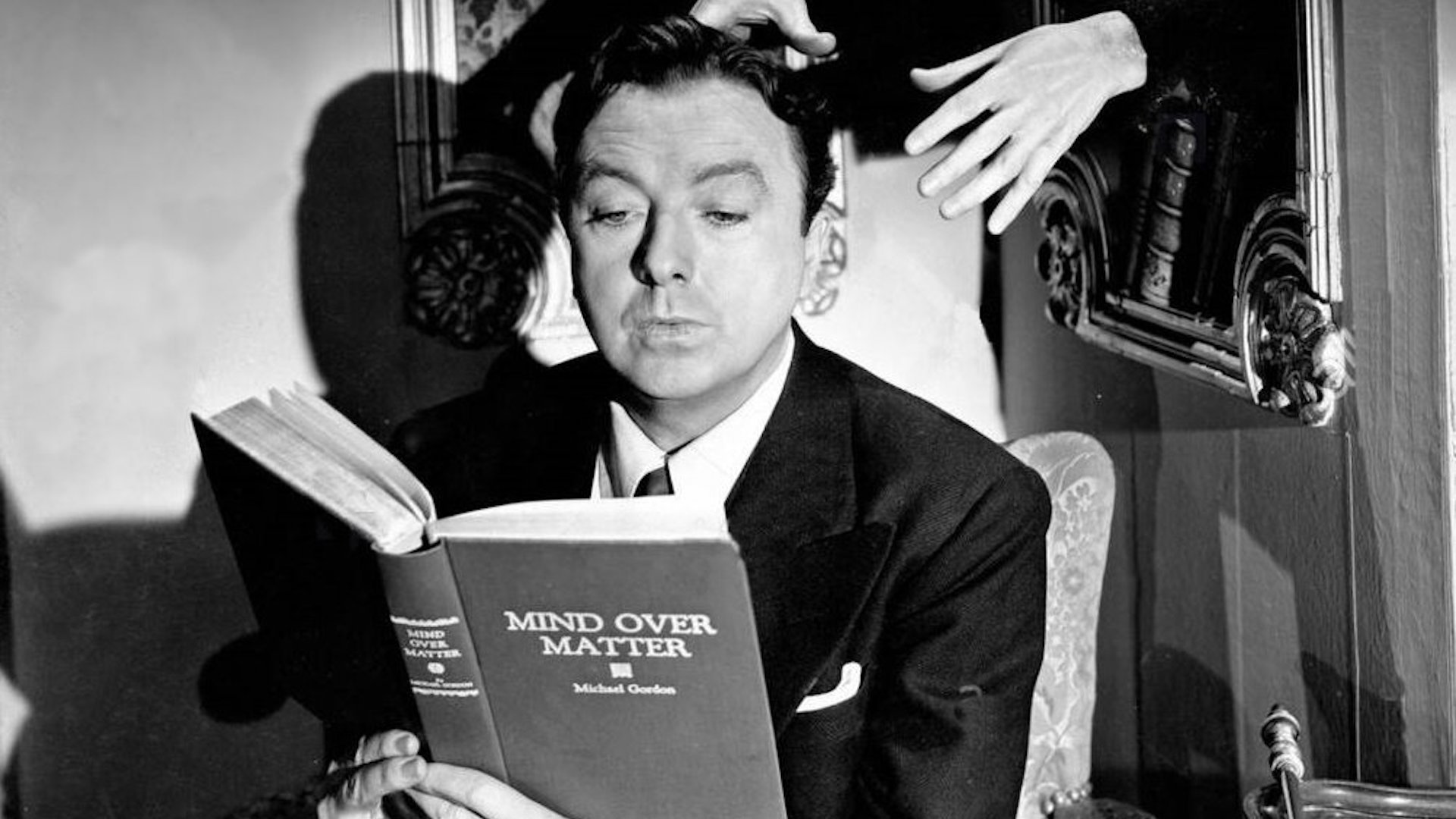
One Physique Too Many, directed by Frank McDonald, has a hilarious title, and the film is much better and funnier than its five-digit place on the Globals would signify. Jack Haley delivers his greatest non-metallic efficiency as a automotive salesman who’s mistaken for a detective at an eccentric millionaire’s wake. He should then guard the corpse lest or not it’s tampered with in such a means as to despoil the desire.
As we’ll later see with Clue, OBTM is a really “corpse-positive” movie. A great deal of time is spent with the characters gathered across the casket, or shifting the mortal stays, or swapping them out for a residing physique to set us up for a jump-scare later. There is no such thing as a “tasteful omission” of the realities of a wake. They (the characters, and viewers) are right here to see the physique; let’s not faux in any other case.
By enjoying so freely with the corpse, by cracking jokes round it and prop-ifying it, we double-down on what’s at first look merely coarse irreverence, however which is definitely a fantastically transgressive, post-modern dig on the solemnity that normally surrounds end-of-life rituals within the West.
All of the movies on this listing preserve this morbid playfulness, with out turning into outright “darkish comedies” (at the very least, not in the way in which we use that time period as we speak). Movies like One Physique Too Many succeed as a result of they handle to take care of their silliness regardless of, or due to, their dreary storylines.
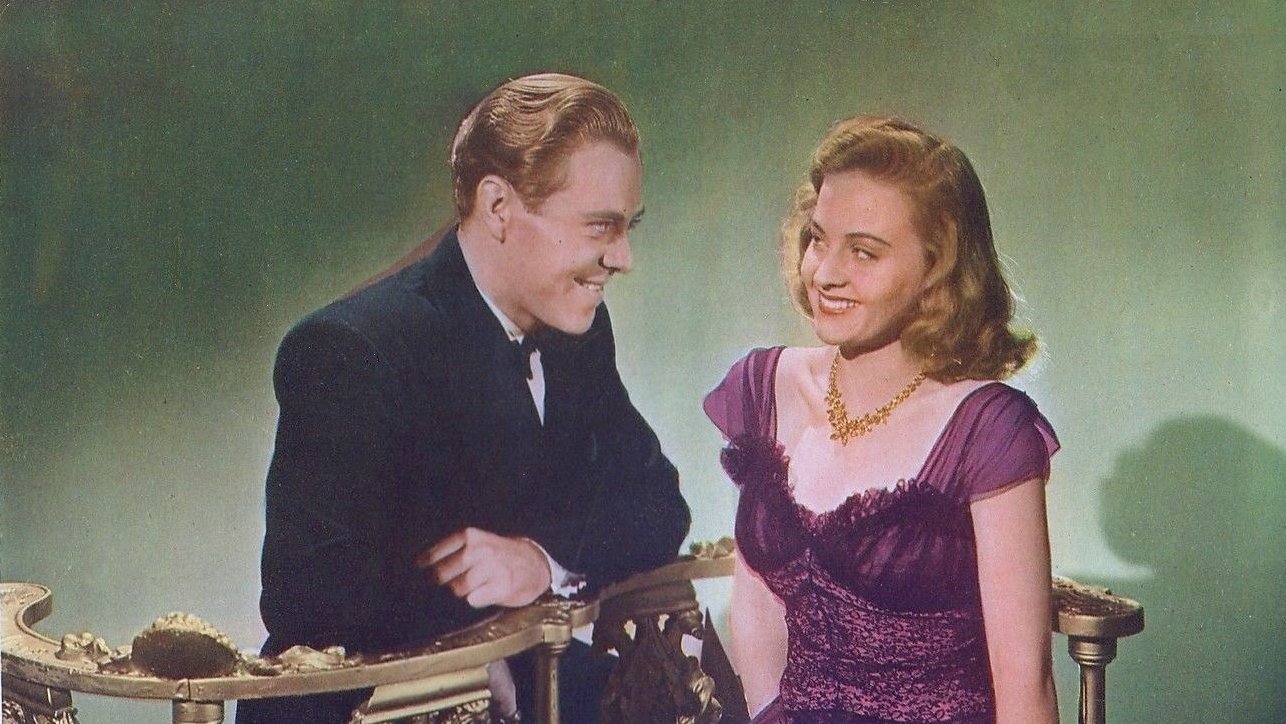
Fog Island, from director Terry O. Morse, is, frankly, an inferior entry in our listing (and it’s the lowest ranked total). It’s flatly shot and comprises solely the barest minimal of humor to justify its inclusion on this listing. However it brings sufficient necessary tropes to the celebration to warrant dialogue.
George Zucco performs a rich ex-convict who was framed for against the law. Additionally, his spouse was murdered. He concocts a ruse to carry all of the suspects to his foggy island for a séance and successive execution, by means each bizarre and diabolical.
This movie comprises the earliest instance we might discover of the host of certainly one of these gothic mansion homicide events truly making ready little presents for every of their visitors, an thought which shall be absolutely developed by its successors Home on Haunted Hill and Clue. This highly effective gesture communicates the host’s premeditation and management. He’s exhibiting that, regardless of the visitors’ particular person, greed-induced intentions, he’s the one with the plan.
The visitors, all from some model of “excessive society” and every accustomed to the principles of dinner events, now not have etiquette and social mores to lean on and shield them. In a means, the true violation that these Mansion Homicide Mysteries commit (whether or not they’re comedic or not) is to carve out a mini-society with a totally new and profane algorithm. The contributors are confronted with twin targets: determine the principles to allow them to survive, but in addition get again to the “actual world” as quickly as attainable.
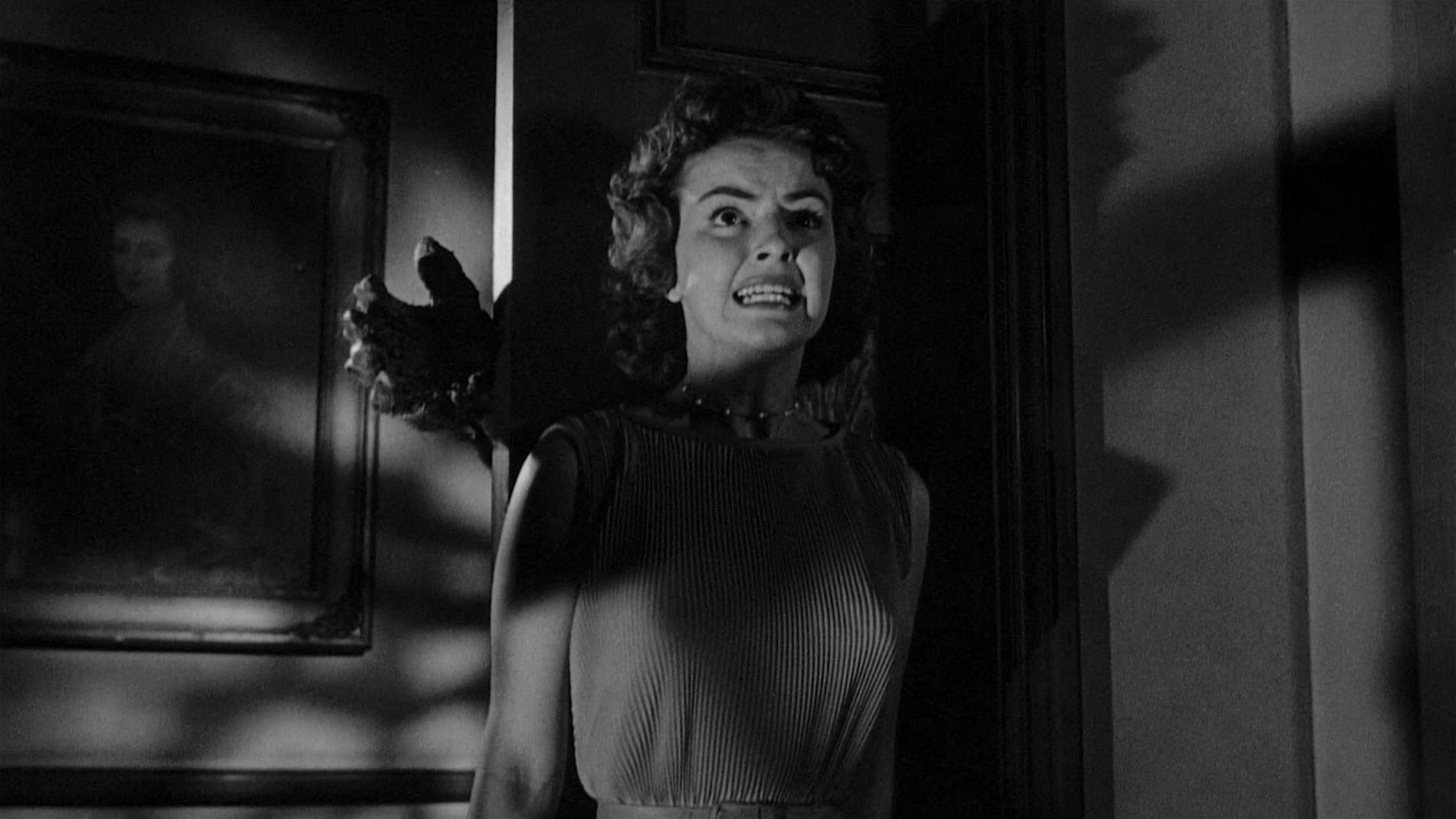
Our second-highest-ranked movie on this listing comes as near an ideal prototype as attainable whereas nonetheless retaining a intelligent and compelling story.
Vincent Value performs an eccentric millionaire who rents an allegedly haunted home and invitations 5 determined acquaintances to attempt to survive the night time, with the promise of $10,000 to the survivors or their subsequent of kin. That is teed up as a unusual birthday current for his ice-queen spouse, however in fact there are twists and turns, hidden motives and inconceivable fake-outs, all couched inside William Fortress’s trademark goofy-horror type.
The disconnected nature of the visitors is especially obvious right here. Gone are the threadbare household or enterprise ties which normally clarify what everybody’s doing there. This time, it’s a utterly contrived and intentional assemblage of disparate personalities, pushed (ostensibly) by their greed and curiosity, and (finally) by the host’s cautious machinations.
Echoing Fog Island and foreshadowing Clue, we’ve got a number who has ready a bit of “celebration favor” for every visitor: a Colt Mannequin 1903 Pocket Hammer semi-automatic pistol, nestled right into a tiny morbid coffin.
The comedy (each the intentional and the unintentional) is what makes the legitimately unsettling menace that exists in every scene enjoyable and bearable. With out that spoonful of sugar, the tough drugs of shrieking ghosts and severed heads (together with no matter else William Fortress has occurring within the aisles of your native theater) can be at greatest grating, and at worst traumatic.
It’s the scene-chewing hammery and dry-martini wisecracks that transforms a reasonably vanilla gothic-murder-mystery idea right into a enjoyable expertise that qualifies as “spooky” with out actually being scary.
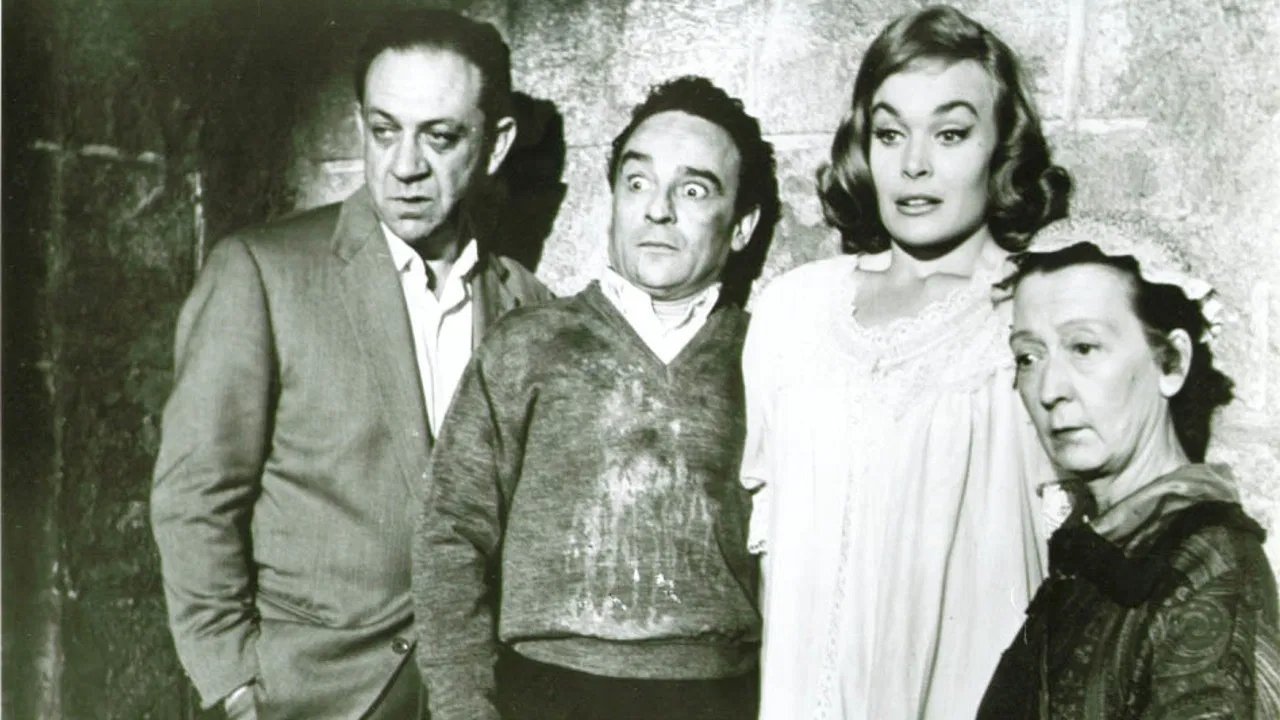
Launched within the U.S. with the marginally much less regional title No Place Like Murder, director Pat Jackson’s What A Carve Up! represents probably the most overtly British entry in our listing, and likewise our first outright parody.
A person and his buddy go to a spooky Yorkshire mansion to listen to the studying of a will, and wouldn’t it, they discover an assortment of oddball relations and a poorly-motivated serial killer who picks them off one after the other.
What distinguishes the movie is the casting of Sid James and Kenneth Conner as a form of two-headed vaudevillian model of our typical protagonist (resembling Bob Hope in The Cat and the Canary). By putting a comedy group on the middle of the plot, we keep away from most of the drained previous rhythms of “critical character delivers critical line, comedy character delivers a wisecrack.” The 2 clowns, completely balanced in opposition to one another and having stupendous chemistry, generate a recent form of vitality that propels the by-now-inevitable beats of the plot.
Once more, we’ve got express reference to the style of the story they’re in: certainly one of our heroes is a proofreader for corny pulp horror tales, and (identical to Jamie Kennedy in Scream) is aware of what to anticipate, and what to worry, behind each secret door.
And with this entry, now within the “postmodern” period of the 60s, we’ve got our first kind of intentional instance of parody: this can be a (unfastened) remake of Karloff’s The Ghoul, made with the express intent of sending up its solemn self-importance.
All of the movies on this listing have some side of winking on the viewers, and on the ridiculousness of this sort of melodrama, however from this level ahead all of our movies will put on their “let’s all snicker on the the way in which they used to inform tales” angle on their sleeves.

Leaping ahead fifteen years lands us within the cynical 70s, a decade when many cultural artifacts have been being re-examined within the context of the post-60s hangover. What higher means earn your tweed-jacket elbow patches than by skewering a few of fiction’s most beloved characters?
The story of Robert Moore’s Homicide by Demise is barely askew from the opposite movies on this listing. A millionaire (performed by Truman Capote – sure, the Truman Capote) invitations the 5 biggest detectives to his creepy mansion to unravel a homicide that may happen at midnight, the homicide turning out to be his personal.
The hook is that these 5 detectives are all truly extraordinarily recognizable (although otherwise named) riffs on well-known movie and literary sleuths: Sam Spade, Charlie Chan, Nick and Nora Charles, Hercule Poirot, and Miss Marple. They don’t seem to be actually “characters” a lot as one-dimensional Scary Film-style popular culture parodies, performed by one of many biggest ensemble casts ever assembled.
Written by Neil Simon, this premise would appear to be comedic fertile floor, however its laboriousness and extremely loud metafictional winking forestall the viewers from getting correctly swept up within the alleged “humor” of the conditions.
Finally, the villain’s third-act speech reveals the filmmakers’ final goal, which isn’t actually to make a “movie” per se, however relatively to assemble an elaborate piece of efficiency artwork which critiques the conventions, tropes, and clichés of the golden-age literary-mystery style:
“You’ve all been so intelligent for therefore lengthy, you’ve forgotten to be humble. You’ve tricked and fooled your readers for years. You’ve tortured us with shock endings that made no sense. You’ve launched characters on the finish that weren’t within the guide earlier than. You’ve withheld clues and knowledge that made it not possible for us to guess who did it. However now the tables are turned.”
Setting apart the equity or unfairness of this critique (of an whole style), it’s a unusual and world-breaking option to have an in-story character seek advice from “your readers” when talking to a desk filled with literary archetypes (as if they have been accountable!).
By way of fashionable eyes, the movie fails due to the very factor it complains about: a third-act twist so intense as to make you throw up your fingers and switch off the TV. I’m certain the movie thinks it’s being very intelligent for establishing this mirroring of its personal level, nevertheless it merely doesn’t land the way in which it thinks it does.
However what the movie does do nicely, nicely sufficient to present it a spot on this listing, is that it factors out and has enjoyable with the absurdity of us all persevering with to inform these tales to one another, technology after technology, after we know utterly what to anticipate. These comedies exist as a result of, for no matter motive, we’ve got concurrently determined to mock the template whereas lustfully persevering with to make use of it.
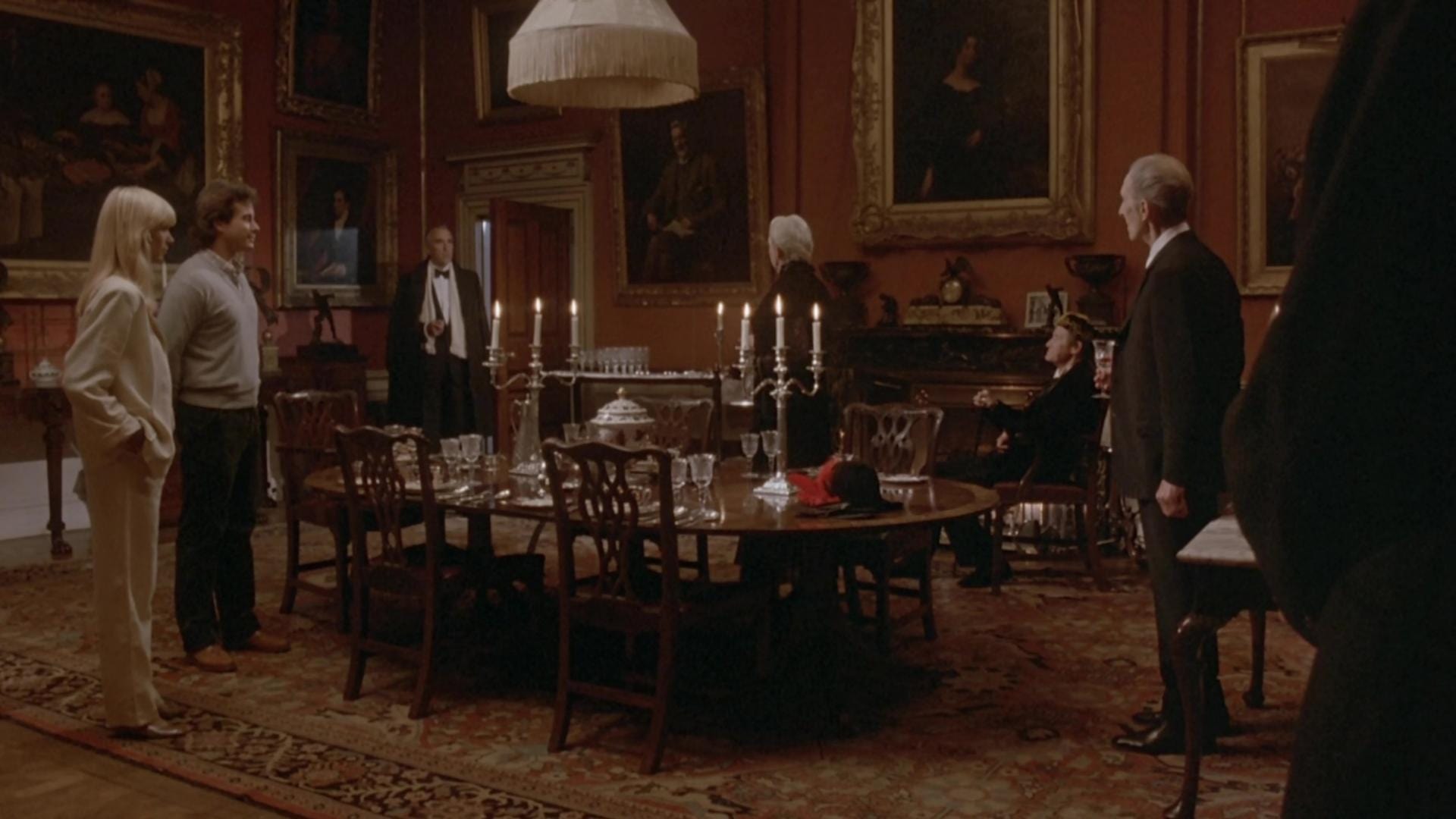
Subsequent, from Golan-Globus and director Pete Walker, we’ve got Home of the Lengthy Shadows, a considerably forgettable 80s tribute to Hammer Horror, which you nonetheless undoubtedly ought to see as a result of it stars Vincent Value, Peter Cushing, Christopher Lee, and John Carradine collectively in a movie for the primary and solely time. (Oh, and Desi Arnaz, Jr. is there too.)
Arnaz performs a author who bets his writer he can write a gothic novel in twenty-four hours, after which goes to a spooky Welsh mansion for inspiration. As soon as there he discovers a real-life plot involving (wouldn’t it) a gothic household secret and an escaped madman.
The presence of those 4 godfathers of gothic horror turns the considerably inane story right into a heartfelt tribute to a misplaced golden age. Properly into their sixties and seventies, they’re all in some way nonetheless on the top of their powers, glowing within the gentle of candelabras and moonlight, eyebrows and cheekbones utterly amuck.
Against this, the thirty-year-old Desi Arnaz, Jr. looks as if somebody’s hyperactive child brother making an attempt desperately to get consideration from the adults. He’s clearly the comedian aid, and he does nicely sufficient to maintain the movie firmly within the “comedy” part. However in comparison with the movies that come later on this listing, it’s clear that the 80s have been nonetheless making an attempt to craft the syntax of comedic-non-parody tribute-pastiche which might turn into the dominant love language of the pre/peri/post-millennial movie canon.
It’s nonetheless clear that this movie’s storytelling mode suits the sample we’ve got been discussing, hanging a lampshade on all of the predictable methods of the Mansion Homicide Thriller and discovering a singular, loving shade of humor in them, and in ourselves for persevering with to like them a lot.
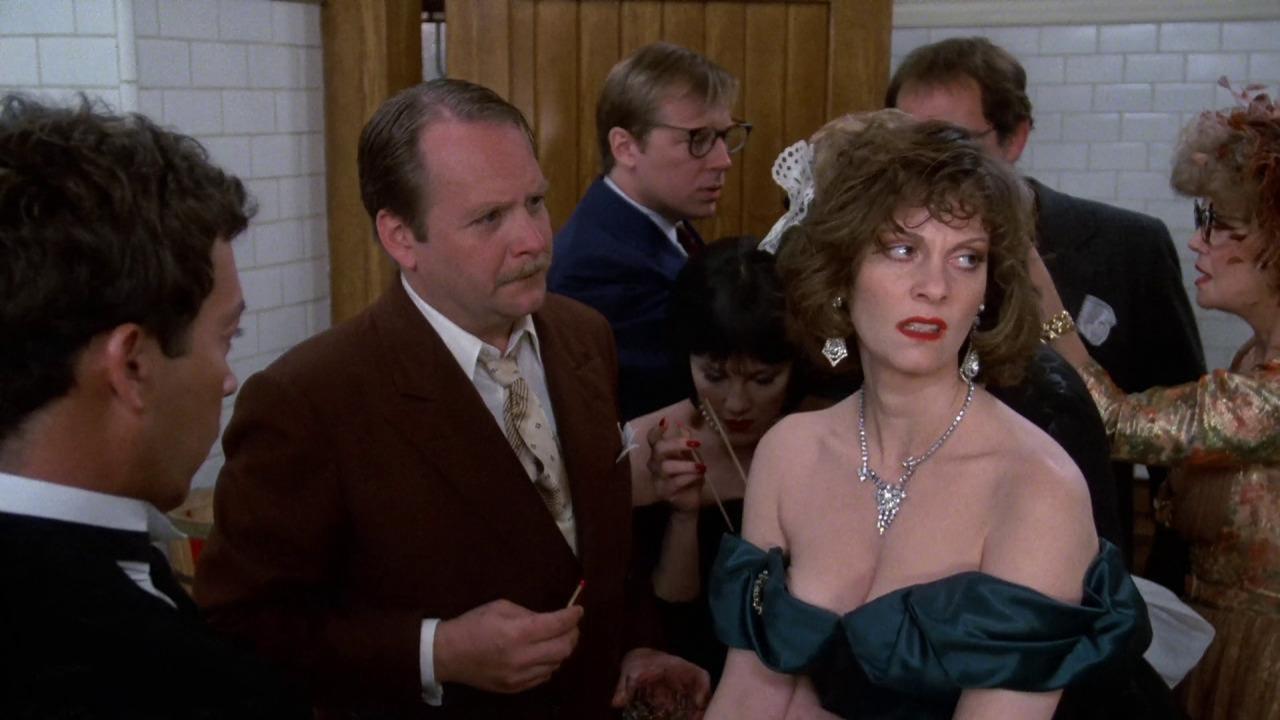
We come now to the highest-ranked movie on our listing, the movie that to fashionable generations exemplifies the Mansion Homicide Comedy. A field workplace flop on its launch (due partly as a result of a William-Fortress-like gimmick which had totally different theaters exhibiting certainly one of three totally different endings) Clue discovered pop-culture redemption in its tv and residential video life. These are, in any case, movies greatest watched within the coziest attainable setting.
The story options the longer term sufferer, named (in fact) Mr. Boddy, inviting six seemingly unconnected strangers to a creepy New England mansion (“Hill Home”) with the trace that every of their blackmailings shall be resolved. As soon as the forged has been conveniently bottled up, the butler Wadsworth reveals himself to be each sufferer and orchestrator, and a kudzu plot is unfurled whereby every visitor is presented a deadly weapon (those from the board recreation that impressed the movie) and invited to commit homicide. The night progresses in real-time because the corpses stack up, secret passages are revealed, and our bodies fall out of doorways like so many dominoes.
To grasp the crack-like enchantment of Clue, it’s essential to pay attention to two essential elements. The primary is that the screenwriter and director Jonathan Lynn is British, and brings with him the Euro-vaudevillian comedic vitality that we noticed in What a Carve Up!. In different phrases, the movie doesn’t undergo from American comedy maladies resembling a boring third act devoid of jokes.
Second is the robust and palpable interaction between the snappy dialogue (modeled on His Woman Friday) and John Morris’s inherently comedic rating. There’s a lot of music in Clue, and it’s important to its pacing and comedic timing.
Morris is a scientist of the comedy movie rating, with Johnny Dangerously, The Girl in Pink, and all of Mel Brooks’ movies already on his C.V. by the point Clue got here calling. (And we’ll hear his work once more within the closing entry, assuming you’re watching these as you learn.) Of the various elements of the Mansion Homicide Comedy that Clue has mastered, one to pay particular consideration to is its use of music to each drive the vitality and to maintain reminding us that, though human beings are actually being murdered, that is presupposed to be humorous.
This writer has written extensively about Clue and there’s no scarcity of important reward and evaluation arguing for Clue‘s standing as a contemporary traditional. What we’re proposing by presenting it on this listing is a recent lens by means of which to guage its brilliance, and that’s as maybe the flagship entry of this very particular subgenre.
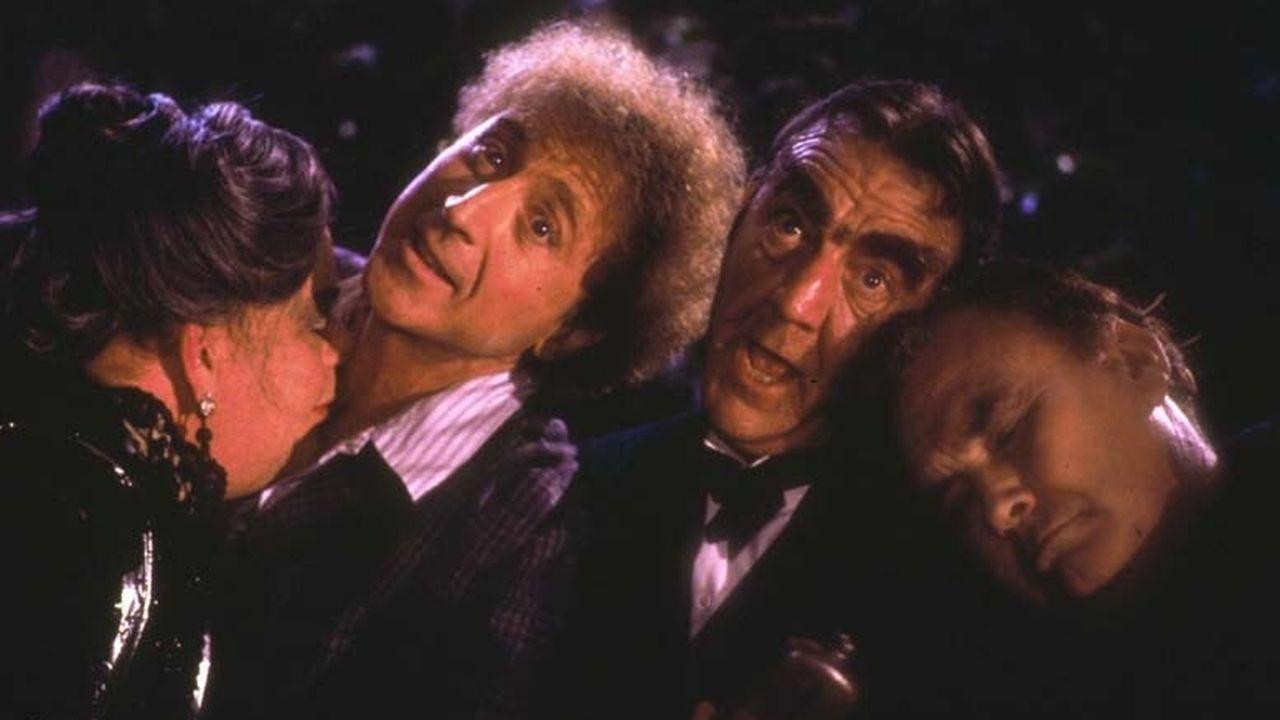
Lower than a 12 months after Clue was launched, Gene Wilder launched his closing directorial effort, Haunted Honeymoon, which he additionally wrote. This could be his second and closing on-screen collaboration along with his spouse Gilda Radner, who can be identified with ovarian most cancers three months after its launch.
We’re going out on a limb ending our listing with a lower-ranked and considerably obscure entry, following our inclusion of the astoundingly standard Clue. However we expect there’s something to the truth that in 1985 there have been two entries in our listing being filmed concurrently. One thing was occurring in our tradition’s relationship to loss of life and the previous.
Set within the pre-war Nineteen Thirties, Wilder and Radner play radio “thriller theater” actors who’re invited to certainly one of their ancestral estates in upstate New York, ostensibly for a cocktail party with eccentric household. Unknown to them however revealed to us within the first act, the celebration is a ruse orchestrated by the male actor’s boss and psychiatrist to remedy him of on-air panic assaults by “scaring him to loss of life.” , like hiccups.
Haunted Honeymoon suits completely into the Wilder canon, that includes old school slapstick, playful therapy of adultery, and precisely one musical quantity, identical to Younger Frankenstein and Sherlock Holmes’ Smarter Brother.
Wilder got down to recreate the tone of the “comedy chiller” movies and radio performs from his childhood. He wound up working parallel to the very premise we began with right here: with the applying of sure tropes, lovingly lampshaded (however, crucially, NOT parodied), the filmmaker can create a comfy, spooky environment with wealthy and fertile soil for comedy.
There will need to have been one thing within the air throughout these Reagan-Thatcher years which prompted a collective look-back on the enjoyable we used to have again within the 30s-50s. Again when “horror” didn’t contain gelatinous make-up results or chainsaws, however relatively an enormous creaky home filled with secrets and techniques and a vaguely bushy menace round each darkish nook.
Tell us within the feedback in case you disagree, however it’s our rivalry that the custom of the Mansion Homicide Comedy has nearly completely died out. Considerably-cozy murder-mysteries like Knives Out nonetheless sometimes break by means of. However for some opaque cultural motive, there appears to be little urge for food for PG-rated laughs on the foibles of corpses, and that may be a disgrace.
By no means has the specter of loss of life and doom been extra current in our lives by means of the 1000’s of self-created home windows that we peek out of on the so-called “world.” By no means have we been extra in want of a humorousness about it.
However with the alleged finish of the Chilly Warfare, the West appears to have determined to get “critical” about issues. We’ve got relegated comedy to be a factor that occurs throughout glorified violence, or when unhappy, indignant individuals attempt to have relationships, or solely in animated worlds. It now not has a comfy place subsequent to an precise corpse.
Possibly that’s a superb factor (we’ll test again in one other 4 a long time), nevertheless it nonetheless bears shut scrutiny. Even after we’re laughing at loss of life, at the very least we face it immediately.














